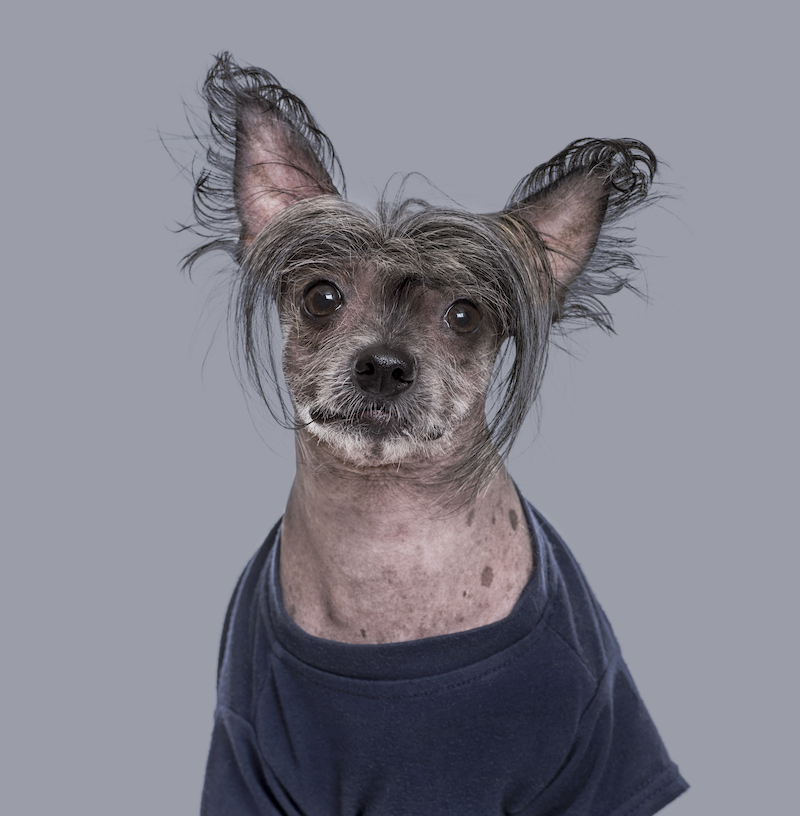If you want to describe something as ugly in Spanish, the language offers a variety of words and expressions to choose from, each with its own nuance and level of formality.
Whether you are talking about a person’s appearance, a situation, or an object, you have a range of vocabulary that can help you describe something accurately and convey your message effectively. Let’s learn some of the most common ways to say ugly in Spanish.

Feo / Fea
The most commonly used term for ugly is feo or fea. It is used to describe people, objects, or situations. Feo is used to describe masculine nouns or objects perceived as ugly and fea is used to describe feminine ones.
This word is a very straightforward descriptor so it needs to be used with caution since criticising someone’s appearance or attributes can be perceived as offensive. Instead, you could use a kinder tone or expressions such as its diminutive form, feito and feita.
To compare levels of ugliness, you can use más feo (more ugly) or menos feo (less ugly). For the superlative, use el más feo (the ugliest) or la más fea (the ugliest).
- Que fea la forma en que murió su hermano. = How ugly (terrible) the way his brother died.
- El edificio es feo. = The building is ugly.
- El clima está feo hoy. = The weather is bad today. (implying it’s bad and ugly)
Esa pintura es muy fea.
That painting is very ugly.
Horrible
As you can see by the spelling, horrible means horrible in English. It conveys a stronger sense of unpleasantness and repulsion towards something or someone. Similar to English, it also describes something ugly or something unsettling.
- El vestido es horrible. = The dress is horrible.
- El accidente fue horrible. Me dejó temblando. = The accident was horrible. It left me shaking.
Desagradable
Desagradable translates to the English word unpleasant. It not only implies that something is distasteful, but also that something is unattractive. It’s used mainly for things that are uncomfortable or disagreeable, such as a sound or a taste.
It is also used to express dislike towards someone’s character or behaviour. Although not as common, it can also be used to describe someone’s ugly appearance, but usually, other words are preferred over this one, such as feo/a.
- El sonido de la alarma del carro es desagradable. = The sound of the car alarm is unpleasant.
- Su actitud hacia mí fue desagradable. = His attitude towards me was unpleasant.
Su cara de amargado es desagradable.
His bitter face is unpleasant.

De mal gusto
De mal gusto transtates to of bad taste. It is often used to describe something ugly due to poor aesthetic choices. More commonly it is said in contexts surrounding fashion or design. However, it can also be used to say someone has bad taste in the life choices they make, such as picking a romantic partner, friends, or objects someone owns or purchases.
- La decoración de la casa es de mal gusto. = The decor of the house is in bad taste.
- Tiene mal gusto escogiendo hombres. = She has bad taste in picking men.
Repulsivo / Repulsiva
The word repulsivo/a means repulsive in English. It expresses a strong aversion towards something that is physically ugly or something emotionally off-putting. This expression is mostly used towards a very ugly object or terrible behaviour, not so much for physical appearance.
- La comida tiene un aspecto repulsivo. = The food has a repulsive aspect.
- Su personalidad de superioridad es repulsiva. = His superiority complex is repulsive.
Poco atractivo / Poca atractiva
One common phrase to describe something as ugly in a more neutral way is poco atractivo/a which means not very attractive or unattractive. This is a more polite and less harsh way to express that something is ugly. It is often used to talk about someone’s physical appearance, but it can also be used to say an object is not attractive.
- El diseño es poco atractivo. = The design is not very attractive.
- Con esta ropa me veo poca atractiva. = With these clothes I look unattractive.

Desastre
Desastre translates to disaster in English. Although its main definition describes something looking chaotic or disorganized, it can also be used to describe situations and designs that look messy or ugly. Although not as common, it can occasionally be used to describe someone’s physical appearance too.
- El arreglo floral es un desastre. = The floral arrangement is a disaster.
- Me veo como un desastre. = I look like a mess.
Mi outfit es un desastre. Me voy a cambiar.
My outfit is a disaster. I am going to change.
Pésimo / Pésima
This expression means appalling and can be used to describe something that looks terrible or dreadful. It often describes something very unattractive or of poor quality and can be applied mainly to situations and objects rather than people.
- El diseño del carro es pésimo. = The design of the car is terrible.
- Los tacones que lleva lucen pésimas. = The heels she has on look terrible.
Antiestético / Antiestética
One way to say something is ugly in a kinder way is by using the word antiestético/a. It means unaesthetic and refers to something that is visually unappealing. It sounds less mean than using the word feo or horrible. It is often used towards art, design, or other visual elements, such as a room design or an object such as a car.
- El diseño de la cocina es antiestético. = The kitchen design is unaesthetic.
- Esa obra de arte es antiestética. = That piece of art is unasthetic.


